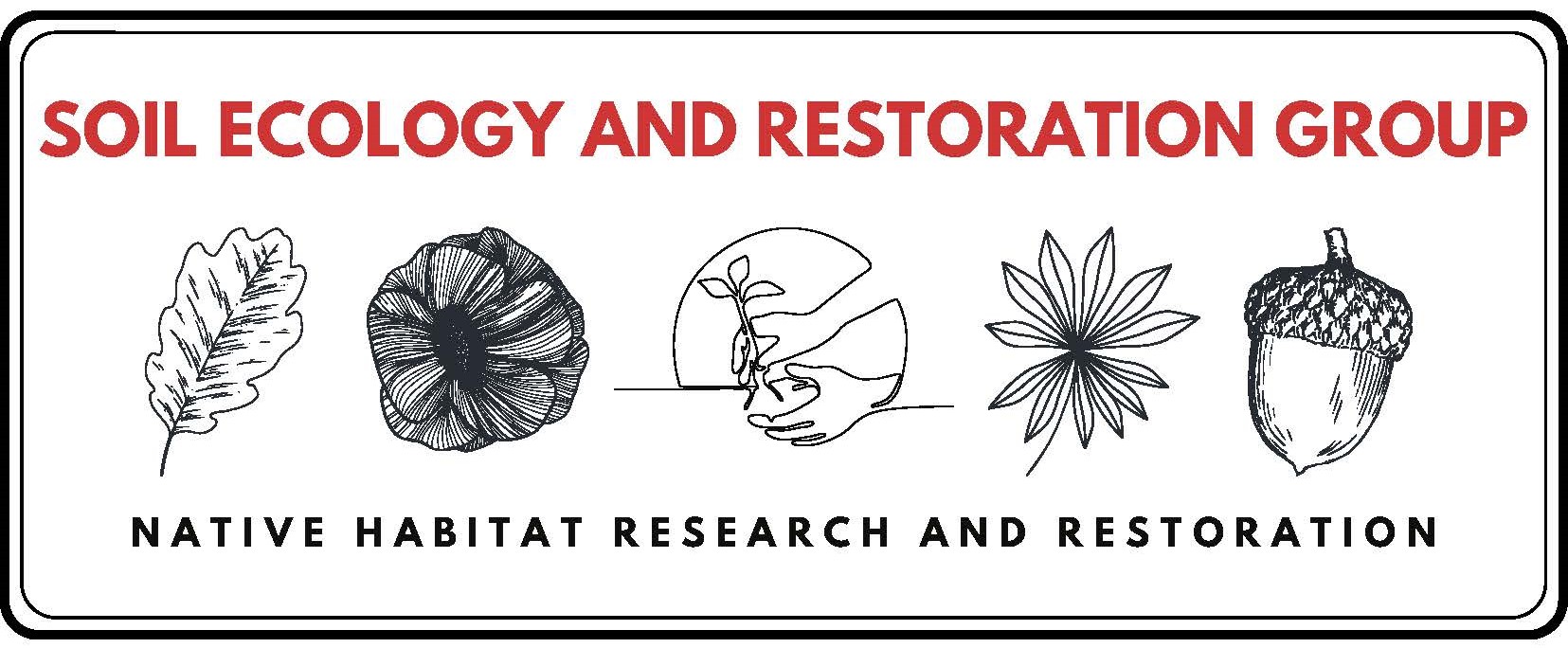“We stand upon a land that carries the footsteps of millennia of Kumeyaay people. They are a people whose traditional lifeways intertwine with a worldview of earth and sky in a community of living beings. This land is part of a relationship that has nourished, healed, protected and embraced the Kumeyaay people to the present day. It is part of a world view founded in the harmony of the cycles of the sky and balance in the forces of life. For the Kumeyaay, red and black represent the balance of those forces that provide for harmony within our bodies as well as the world around us. As students, faculty, staff and alumni of San Diego State University we acknowledge this legacy from the Kumeyaay. We promote this balance in life as we pursue our goals of knowledge and understanding. We find inspiration in the Kumeyaay spirit to open our minds and hearts. It is the legacy of the red and black. It is the land of the Kumeyaay.”
Kumeyaay Land Acknowledgement created by Mike Connolly Miskwish (Kumeyaay)
Eyay e’Hunn My heart is good.
What is a Land Acknowledgment?
A Land Acknowledgement is a formal statement that recognizes and respects Indigenous peoples as traditional stewards of a given geographic area and the enduring relationship that exists between Indigenous Peoples and their ancestral territories. For San Diego State, we recognize the land as Kumeyaay.
Why is a Land Acknowledgment important?
Recognizing the land is a practice that honors and respects contemporary Indigenous peoples’ connection to their land since time immemorial. Using a Land Acknowledgment is a way to express gratitude and appreciation for those whose territory one resides or works on. From an Indigenous perspective, it is important for people to understand the history that brought them to the land and that people seek to comprehend their place within that history. This is especially important since most Indigenous peoples were dispossessed of their lands through deceptive processes. The land San Diego State currently occupies, for example, was never legally ceded by Kumeyaay people through treaty or sale. Most Indigenous people consider colonialism as a current and ongoing process. Land Acknowledgments serve to build mindfulness and awareness of colonialism, both past and present. Acknowledging the land is also a common protocol practiced by Indigenous peoples and allies worldwide.
How do I use a Land Acknowledgment?
Wherever you travel, you can acknowledge the Indigenous people of the territory that you are on. One helpful resource to use is https://native-land.ca/, a database that recognizes the traditional territories across North and South America as well as Australia and New Zealand. Much of the central, southern, and east San Diego County is Kumeyaay territory; while most of North County is Luiseño traditional homelands. Concise acknowledgments can consist of: “I want to take a moment to acknowledge that we are on the traditional territory of the Kumeyaay [or insert other nation name(s)].” If you are at an event at another university campus in San Diego County, be sure to ask a representative of that campus for their Land Acknowledgement statement.
The information on this page was sourced from SDSU’s Student Affairs and Campus Diversity resources.
